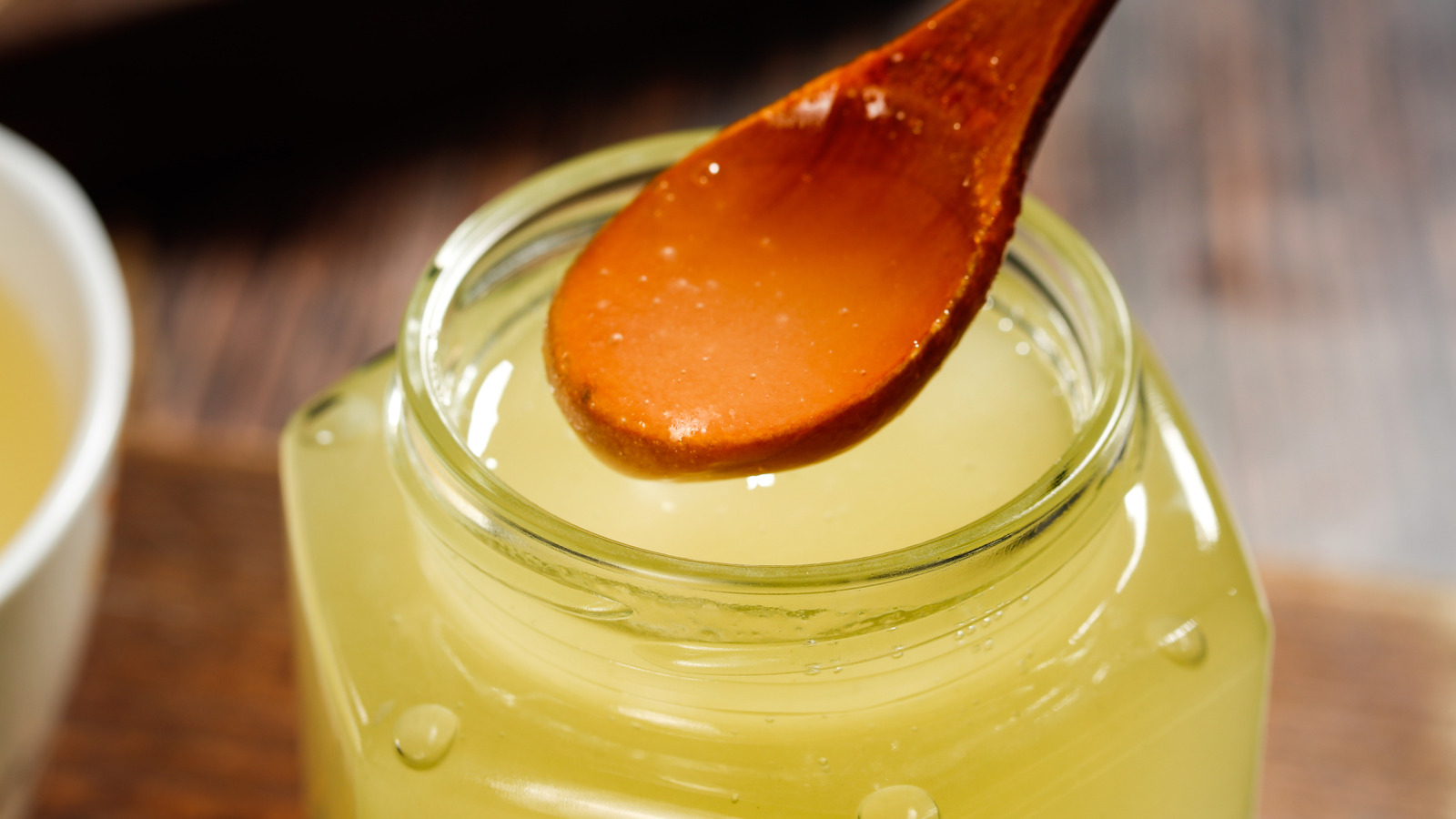
"For honey aficionados, the spiraled wooden honey dipper is essential for drizzling the viscous liquid gold over their favorite foods. Honey dippers can be made with different materials, such as stainless steel or silicone, but most traditional honey dippers are made of wood. Alternatively, you may have heard that it's best to use a wooden spoon for dipping into any of the many types of honey."
"Honey's complex chemical composition of several enzymes has antibacterial properties and aids digestion. It's believed that when a reactive element - such as a metal spoon - comes in contact with honey, it leaches metal into the honey and damages the beneficial enzymes. In reality, honey's enzymes are stable unless heated. As De La O notes, "Any leaching of unwanted properties would take a significantly long time before occurring.""
Wooden honey dippers and wooden spoons are commonly used to serve honey, with many preferring wood due to perceived leaching concerns. Honey contains enzymes with antibacterial properties that aid digestion. Reactive metals are believed to leach into honey and damage enzymes, but honey's enzymes remain stable unless exposed to heat. Any metal leaching would require prolonged contact, such as leaving a metal spoon stored in honey, before causing harm. The wooden honey dipper's design helps honey cling until it is ready to be drizzled. The origin of the honey dipper is unclear, though some speculate it was invented in China.
Read at Tasting Table
Unable to calculate read time
Collection
[
|
...
]